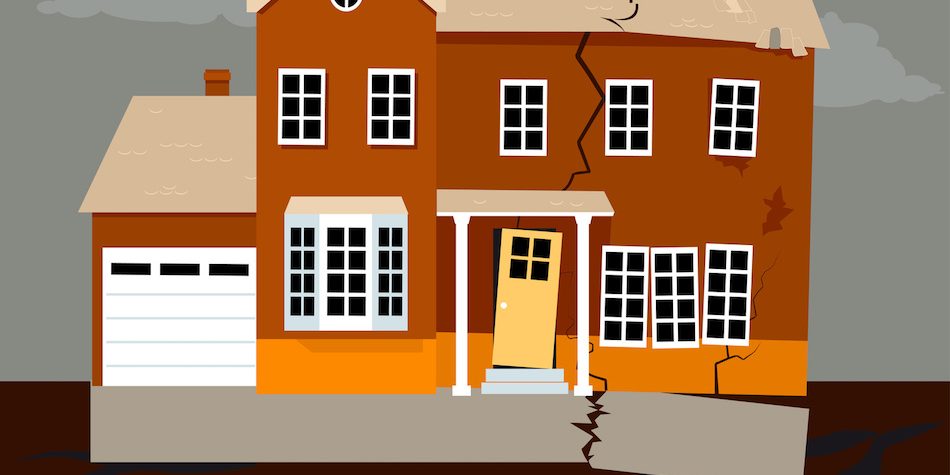Ground movement can have a significant impact on the stability and integrity of foundations in construction in the UK. Ground movement can be caused by a variety of factors, including soil settling, subsidence, and changes in ground water levels. If the foundations of a building are not designed to accommodate the ground movement, it can result in structural damage, including cracking, tilting, and settlement.
The impact of ground movement on foundations in construction can be summarized as follows:
Subsidence: Subsidence occurs when the soil underneath the foundation of a building settles or compacts, causing the foundation to sink. This can be caused by a variety of factors, including changes in ground water levels, tree roots, and the weight of the building.
Heave: Heave occurs when the soil beneath the foundation expands, causing the foundation to rise. This can be caused by an increase in ground water levels or the drying out of clay soils.
Settling: Settling occurs when the soil beneath the foundation compacts over time, causing the foundation to sink. This can be caused by the weight of the building or by changes in the soil structure.
Shifting: Shifting occurs when the soil beneath the foundation moves, causing the foundation to shift and tilt. This can be caused by changes in ground water levels or by soil erosion.
Cracking: Cracking can occur as a result of ground movement, causing the walls and ceilings of the building to crack. This can be a serious issue, as it can weaken the structure of the building and lead to further problems in the future.
It is important to take the potential impact of ground movement into consideration when designing and constructing foundations in the UK. A qualified structural engineer can assist in determining the specific requirements of the project and in selecting the most appropriate foundation solution to accommodate any potential ground movement. Regular monitoring and maintenance of foundations can also help to minimize the impact of ground movement over time.

